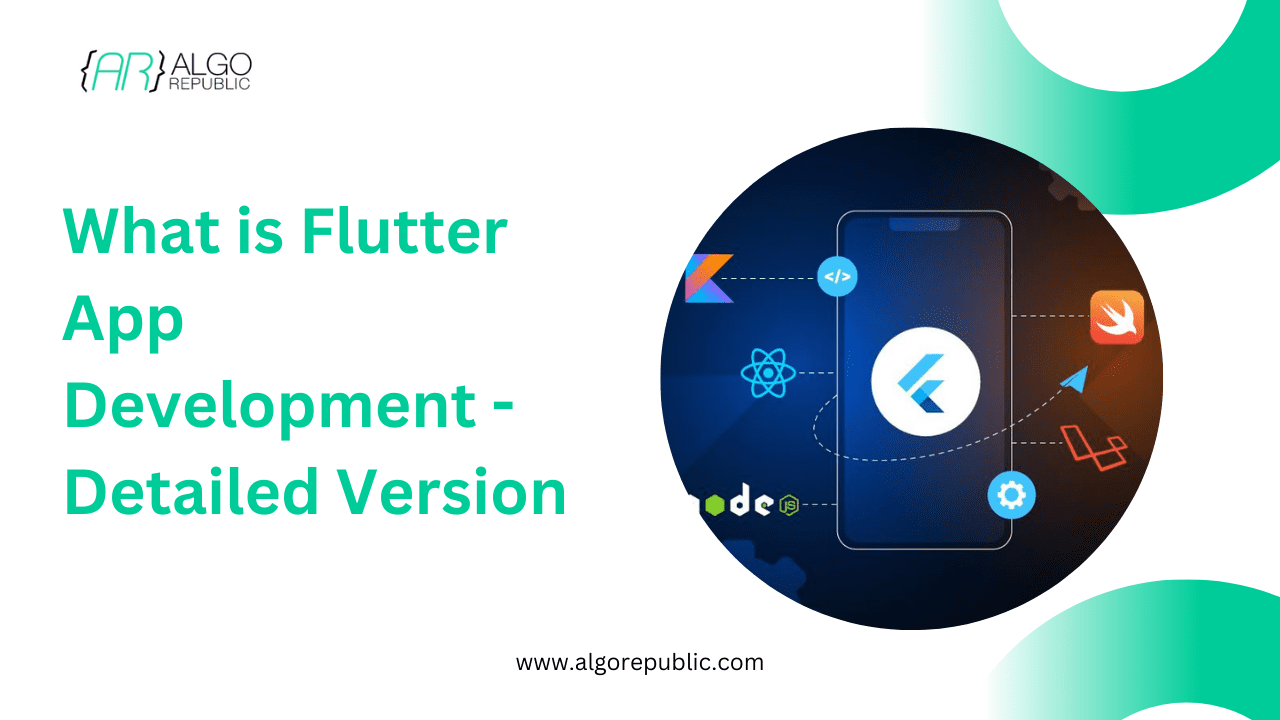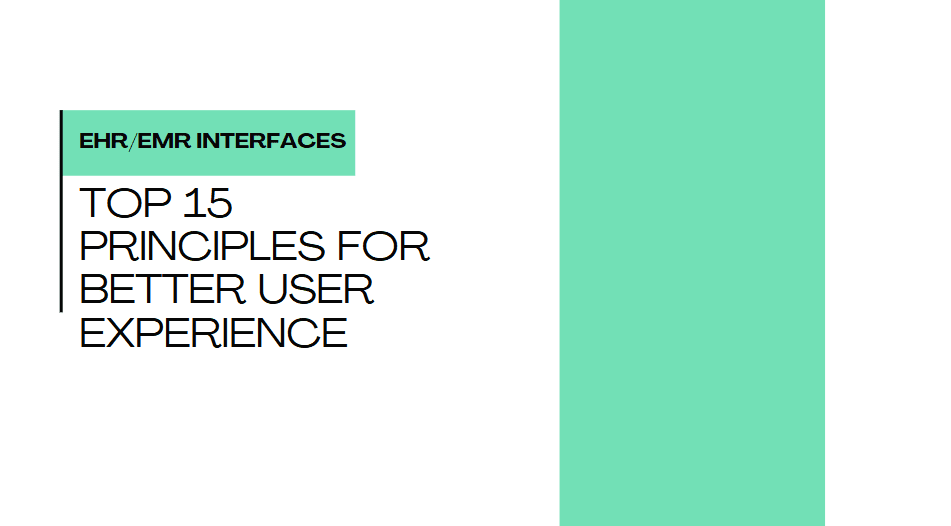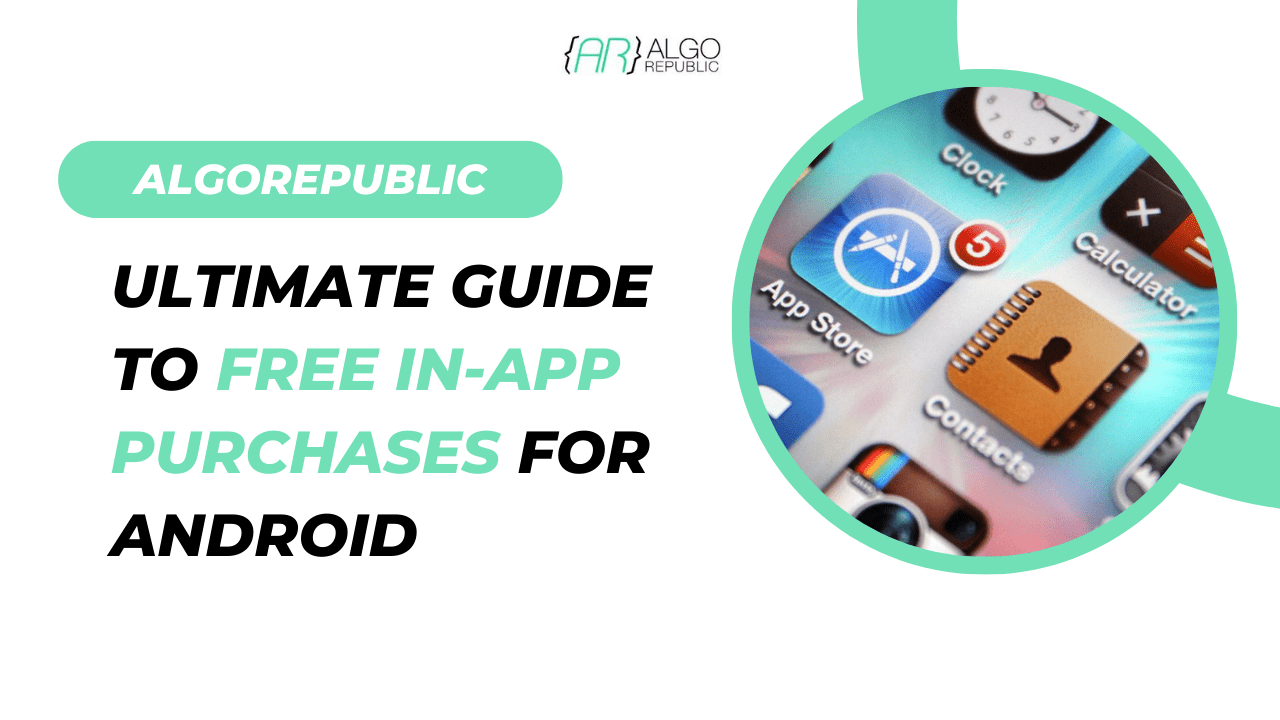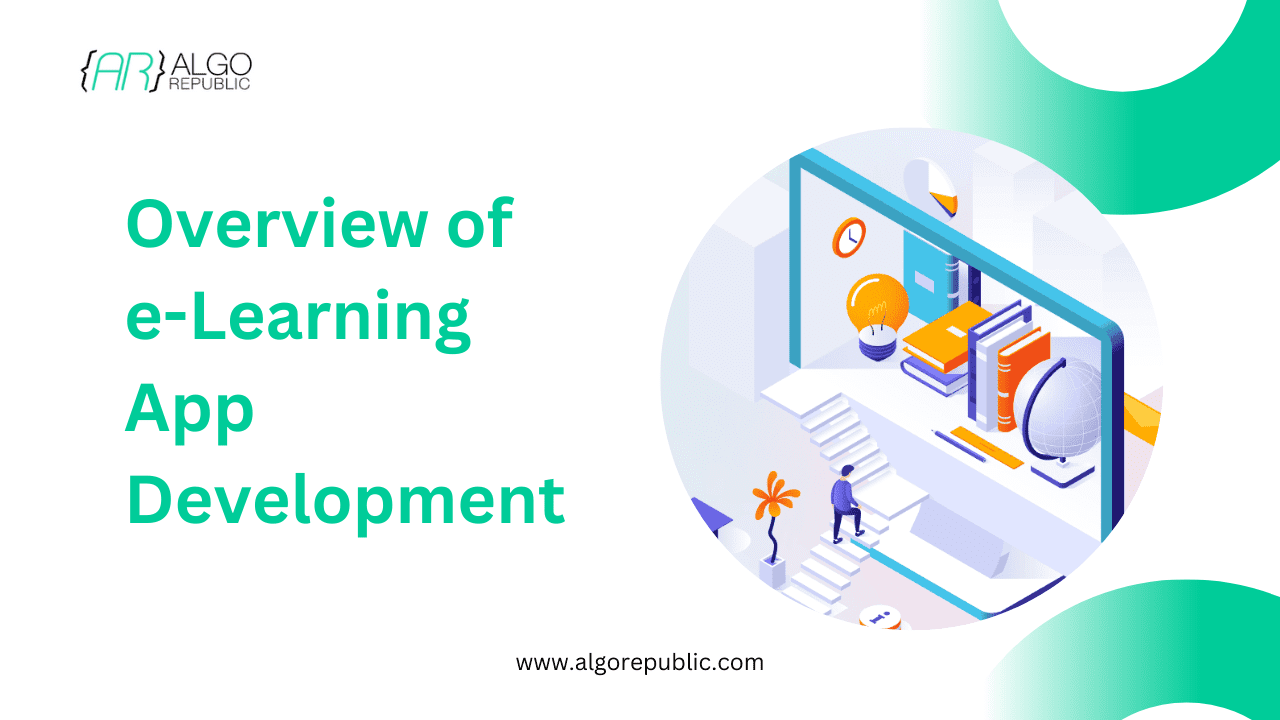Table of Contents
Flutter is a well-known product of Google and is an open source UI software development kit (SDK). Using a single codebase, It is ideal to develop applications for various platforms like Android, iOS, Linux, Mac, Windows, and the web. This comprehensive guide will get into the essentials of Flutter app development, including its programming fundamentals, software requirements, and comparative analysis with native development approaches. Additionally, we will explore the best practices, tools, and advantages of using Flutter for cross-platform app development.
What is Flutter App Development?
Flutter app development refers to the creation of mobile, web, and desktop applications using the Flutter framework. Developed by Google, Flutter is an open-source UI software development kit (SDK) that allows developers to build natively compiled applications from a single codebase. Flutter’s unique approach to app development is centered around its use of the Dart programming language and a rich set of pre-designed widgets.
What is Flutter Programming?
Its flexibility allows for both just-in-time (JIT) compilation during development and ahead-of-time (AOT) compilation for optimized performance in production.
Flutter App Development Examples
Flutter app development has seen widespread adoption across various industries, leading to the creation of many successful applications. One notable example is the Google Ads app, which uses Flutter’s cross-platform app development capabilities to provide a consistent user experience across Android and iOS devices.
Another prominent example is the Alibaba Group’s Xianyu app, a platform for buying and selling secondhand goods, which achieved significant performance improvements and reduced codebase complexity by migrating to Flutter.
Additionally, the Reflectly app, a journaling application, showcases Flutter’s ability to create visually stunning and highly interactive user interfaces, contributing to its popularity among developers and users alike. These examples demonstrate the versatility and effectiveness of Flutter in building high-quality mobile applications across different domains and use cases.
What is Flutter Software?
Flutter software consists of two main components:
SDK (Software Development Kit): A collection of tools that help you develop your applications, including tools for compiling your code into native machine code for Android and iOS.
Framework: A UI library based on widgets. These widgets are reusable building blocks that help you create modern, responsive designs.
Difference between Android Native and Flutter App Development
Android Native Development
Languages Used: Java or Kotlin
Performance: High, with direct access to platform-specific APIs.
Development Time: Longer, as separate code bases are needed for Android and iOS.
Community and Support: Extensive, with a large community of developers.
Flutter App Development
Languages Used: Dart
Performance: Near-native performance due to direct compilation to native code.
Development Time: Shorter, thanks to a single codebase for multiple platforms.
Community and Support: Growing rapidly, with robust documentation and community support.
Comparison Table
| Feature | Android Native | Flutter |
| Language | Java/Kotlin | Dart |
| Performance | High | Near-native |
| Development time | Longer | Shorter |
| Codebase | Separate for each platform | Single for all platforms |
| Community support | Extensive | Rapidly growing |
Is Flutter Reliable for App Development?
Flutter is an excellent choice for app development due to its performance, flexibility, and extensive widget library. It helps to smooth out the development process and brings down time-to-market.
Flutter is enough for many app development needs, offering a rich set of features, high performance, and the ability to target multiple platforms with a single codebase. However, the choice between Flutter and other technologies should be based on specific project requirements and constraints.
Choosing Flutter depends on your project requirements. Flutter is ideal for:
- Projects requiring rapid development.
- Applications targeting multiple platforms.
- Projects needing high performance and beautiful UIs.
- Teams with limited resources for maintaining separate codebases.
iOS App Development Using Flutter
Flutter supports iOS app development with a rich set of Cupertino widgets that adhere to Apple’s design guidelines. You can develop and test iOS applications using Flutter on a macOS system with Xcode installed.
Cross-Platform App Development Using Flutter
Flutter’s cross-platform app development capabilities allow developers to create applications for Android, iOS, web, and desktop from a single codebase. This reduces development time and ensures consistent user experiences across platforms.
Flutter App Development in Android Studio
Android Studio offers comprehensive support for Flutter app development, including:
Integrated Flutter and Dart plugins: Enhance the development experience.
Emulator Support: Test Flutter applications on various virtual devices.
Debugging Tools: Advanced debugging and performance profiling tools.
Requirements for Flutter App Development
Here are the basic requirements for app development with Flutter:
- A computer running macOS, Windows, or Linux.
- Flutter SDK, which can be downloaded from the Flutter website.
- An IDE such as Android Studio, Visual Studio Code, or IntelliJ IDEA.
- An emulator or physical device for testing.
Flutter App Development Roadmap
Learn Dart: Understand the fundamentals of Dart programming.
Set Up Environment: Install Flutter SDK and choose an IDE.
Understand Flutter Basics: Learn about widgets, state management, and navigation.
Build Sample Apps: Start with simple applications to get hands-on experience.
Advanced Concepts: Dive into animations, custom widgets, and platform integration.
Deploy Apps: Learn the deployment process for Android, iOS, and other platforms.
Dart’s Role within Flutter
Flutter’s programming language is namely known as Dart. It provides features like AOT (Ahead-Of-Time) and JIT (Just-In-Time) compilation, which help in achieving high performance and faster development cycles. Dart’s syntax and structure are designed to be familiar to developers coming from JavaScript, Java, and C# backgrounds, making it easier to adopt.
How to Use Flutter for App Development
Install Flutter SDK: From the official website you’ll firstly download and install the Flutter SDK..
Set Up IDE: Choose and configure your preferred IDE.
Create a New Project: Use the command flutter create my_app to create a new project.
Write Code: Develop your application using Dart and Flutter’s widget library.
Run and Test: Use the command flutter run to run your app on an emulator or physical device.
Debug and Optimize: Utilize Flutter’s debugging tools to optimize performance and fix issues.
Deploy: Follow platform-specific guidelines to deploy your app on various app stores.
Mobile App Development Tools for Flutter
Visual Studio Code: Lightweight and highly customizable, with a robust Flutter extension.
Android Studio: Comprehensive IDE with extensive Flutter and Dart support.
IntelliJ IDEA: Powerful IDE with advanced coding assistance and Flutter support.
Flutter DevTools: Suite of performance and debugging tools for Flutter.
Why Use Flutter for App Development?
Cross-Platform Development: Write once, run anywhere
In addition to supporting iOS, Android, web, and desktop platforms, Flutter allows developers to write code once and deploy it across multiple platforms. This drastically reduces development time and costs by eliminating the need to create separate codebases for each platform. With Flutter’s single codebase approach, developers can build and maintain applications more efficiently, reaching a wider audience with less effort.
High Performance: Near-native performance with fast execution
Flutter offers near-native performance by compiling code directly to native machine code, resulting in fast execution speeds and smooth animations. The Flutter framework is designed to use the GPU (Graphics Processing Unit) for rendering, ensuring high performance and responsiveness, even on less powerful devices. This allows developers to create visually stunning and highly responsive applications that rival native alternatives.
Hot Reload: Instant preview of changes, speeding up development
One of Flutter’s most powerful features is hot reload, which allows developers to instantly preview changes made to the code without restarting the application.
This iterative development process significantly speeds up development cycles, enabling developers to experiment with different UI designs, fix bugs, and add features on the fly. With hot reload, developers can see the effects of their changes in real-time, making the development process more interactive and productive.
Customizable Widgets: Create beautiful user interfaces with a variety of widgets
Flutter provides a comprehensive set of customizable widgets that allow developers to create stunning and highly functional user interfaces. From basic elements like buttons and text fields to complex layouts and animations, Flutter’s widget library offers everything developers need to build beautiful and intuitive applications.
Additionally, Flutter’s widgets are highly customizable, allowing developers to tailor their appearance and behavior to suit their specific design requirements.
Strong Community: Growing community and extensive documentation
The developer community for Flutter is vibrant and rapidly growing. This active community provides valuable support, resources, and plugins that extend Flutter’s capabilities and address common development challenges.
Additionally, Flutter app development boasts extensive documentation, tutorials, and online resources, making it easy for developers to get started with the framework and accelerate their learning curve. The strong community backing ensures that Flutter remains a reliable and future-proof choice for app development.
Time Required to Build a Flutter App?
The duration for building a Flutter app is dependent upon the complexity and scope of the project. Typically, simpler applications with basic functionalities can be developed within a few weeks, thanks to Flutter’s efficient development framework and its hot reload feature, which allows developers to instantly view changes and iterate quickly.
However, more complex applications, such as those requiring intricate user interfaces, advanced features, or integration with backend systems, may necessitate a longer development timeline spanning several months.
System Requirements for Flutter App Development
Operating System: Windows, macOS, or Linux.
Disk Space: At least 2.8 GB (additional space for IDE and tools).
Tools: The Flutter SDK, the Dart SDK (included in Flutter), and an IDE (Android Studio, Visual Studio Code, etc.).
Emulator/Device: Android or iOS emulator, or a physical device for testing.
Best IDE for Flutter App Development
Visual Studio Code: Highly customizable, lightweight, and fast.
Android Studio: Comprehensive features and robust Flutter support.
IntelliJ IDEA: Advanced coding assistance and powerful tools for Flutter development.
Conclusion
The Flutter framework enables developers to develop high-performance, cross-platform mobile applications with a single codebase. Its robust features, growing community, and extensive documentation make it an excellent choice for both new and experienced mobile app developers
By using Flutter, businesses can reduce development time, lower costs, and deliver consistent user experiences across multiple platforms. Whether you are starting a new project or considering migrating an existing one, Flutter provides the tools and flexibility needed to succeed in today’s competitive app development landscape.



